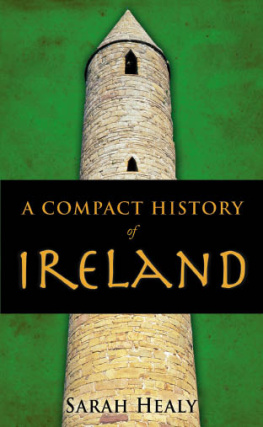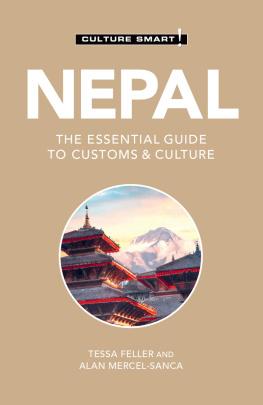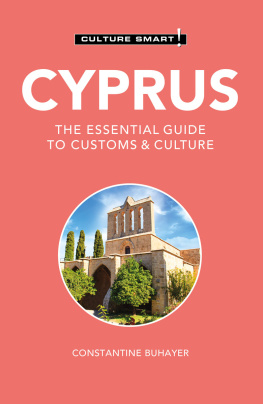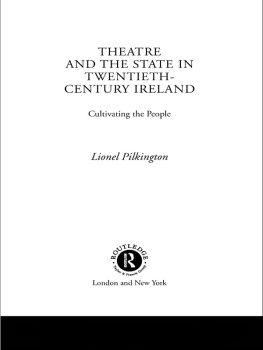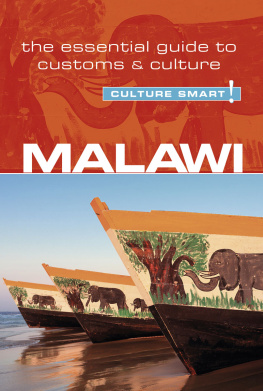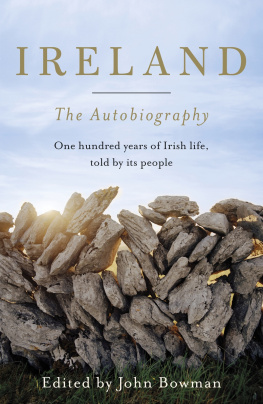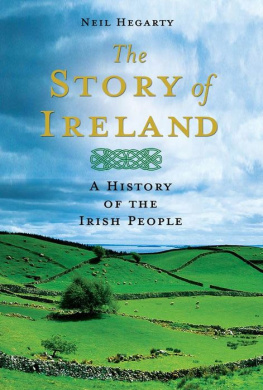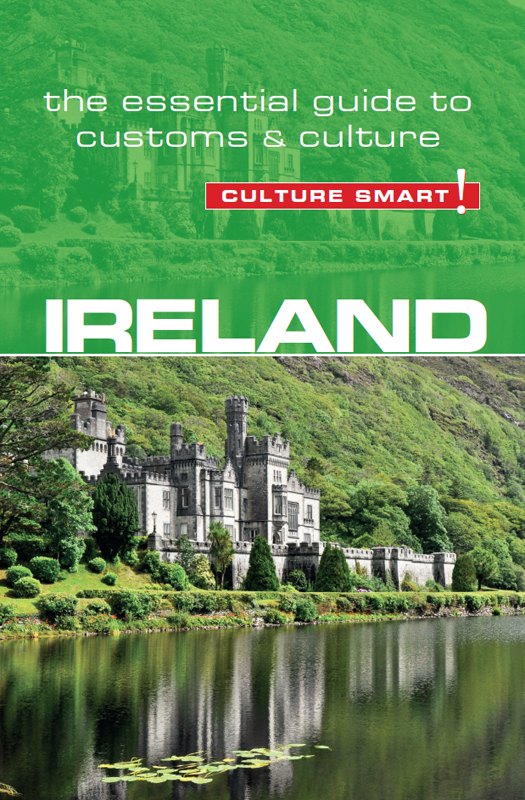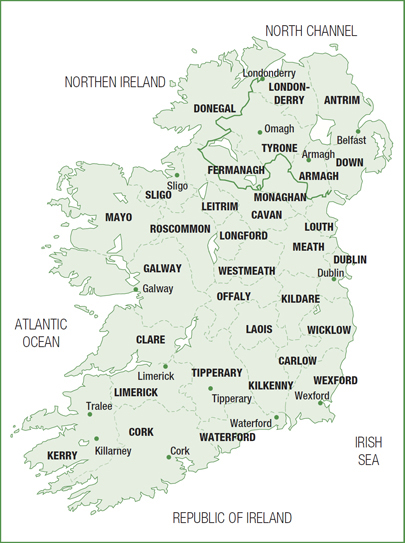Copyright 2016 Kuperard
Revised and updated edition 2016
All rights reserved. No part of this publication may be reprinted or reproduced, stored in a retrieval system, or transmitted in any form or by any means without prior permission in writing from the publishers.
Culture Smart! is a registered trademark of Bravo Ltd.
ISBN 9781857338423
This book is also available as an e-book: eISBN 978-1-85733-843-0
British Library Cataloguing in Publication Data
A CIP catalogue entry for this book is available from the British Library
First published in Great Britain
by Kuperard, an imprint of Bravo Ltd
59 Hutton Grove, London N12 8DS
Tel: +44 (0) 20 8446 2440 Fax: +44 (0) 20 8446 2441
www.culturesmart.co.uk
Inquiries:
Series Editor Geoffrey Chesler
Design Bobby Birchall
Cover image: The Benedictine foundation of Kylemore Abbey in the grounds of Kylemore Castle, Connemara, County Galaway. Shuttertock
Images on the following pages reproduced under Creative Commons Attribution-Share Alike 4.0 International license: Neeku Shamekhi.
Reproduced under Creative Commons Attribution-Share Alike 3.0 Unported license: Darragh Doyle.
Creative Commons Attribution-Share Alike 3.0 Germany license: Andreas F. Borchert.
Creative Commons Attribution-Share Alike 2.0 Generic license: Matty from Halifax, England.
Images on pages European Central Bank.
v3.1
About the Author
JOHN SCOTNEY M.A., RSA, was the BBCs Head of Drama in Ireland and later Head of the BBC TV Drama Script Unit. A graduate of the University of Cambridge, he has written books and articles about literature and the media, and written and directed numerous programs for the BBC, many on Irish themes, including a critically acclaimed version of James Joyces Ulysses. He is a former advisor to the Arts Council, university lecturer, and was Chair of the Writers Guild of Great Britain, Deputy Chair of the National Poetry Society, and is a Fellow of the Royal Society of Arts. For Kuperard he has also written Culture Smart! Scotland and The Theory of Evolution.
The Culture Smart! series is continuing to expand.
For further information and latest titles visit
www.culturesmart.co.uk
The publishers would like to thank CultureSmart!Consulting for its help in researching and developing the concept for this series.
CultureSmart!Consulting creates tailor-made seminars and consultancy programs to meet a wide range of corporate, public-sector, and individual needs. Whether delivering courses on multicultural team building in the USA, preparing Chinese engineers for a posting in Europe, training call-center staff in India, or raising the awareness of police forces to the needs of diverse ethnic communities, it provides essential, practical, and powerful skills worldwide to an increasingly international workforce.
For details, visit www.culturesmartconsulting.com
CultureSmart!Consulting and CultureSmart! guides have both contributed to and featured regularly in the weekly travel program Fast Track on BBC World TV.
contents
Map of Ireland
introduction
This is a book about Ireland and its people, not the Irish in the broadest sense. Visitors from the crowded cities of America, from densely populated mainland Europe, and from even more densely populated Japan are often delighted by how empty Ireland seems, with its broad countryside, little towns, and uncongested roads. Northern Ireland is three times as densely peopled as the Republic, yet even so the whole island is home to to fewer than six and three-quarter million people.
But the Irish worldwide is a different matter! In the USA forty million citizens are of Irish stock; 15 percent of the population of New Zealand, 14 percent of Canadians and 30 percent of Australians have Irish forebears. Argentina has an ethnic Irish population of around 300,000, and Irishmen played major roles in the development of South America. Bernard OHiggins, Captain General of Chile, Grand Marshal and Captain General of Peru, General of Grand Colombia etc., etc., is counted among the Libertadores, the heroes of South Americas struggle for independence. And in Britain there are more than a million people born in Ireland, and perhaps five million of Irish descent.
What this colossal exodus means to the Irish, how it came about, and how the population of Ireland fell from eight million in 1840, is something you will need to know if you are to understand modern Ireland. But there is a lot more to this remarkable island that has peopled the world with men and women who still remain loyal to their origins, and that has given so much in the way of music, drama, and literature. Ireland has had an influence, and endured a history, out of all proportion to its size, and it has done so because of its people.
Most guidebooks tell you where to stay and what to see. This series is written for people who want to know more and go deeper. Here you will find the beliefs and attitudes of the Irish, their rich musical and literary culture, their ancient language and mythology, the values they live by, how they do business, how they enjoy themselves, the way they have been molded by their history and indeed by geography. This understanding will be appreciated by your hosts; it will open doors to you, even open the hearts of a generous, talented people, justifiably proud of their unique identity.
Key Facts The Republic of Ireland
Ireland is a single geographical entityan island off the western coast of Europe. It is home to two political units, one an independent self-governing republic, Eire (pronounced AIR-uh ), often called the Republic, to distinguish it from Northern Ireland, which is part of the United Kingdom with some elements of self-government.
| Official Name | Eire, or Ireland | Article 4 of the Republics 1937 constitution states The name of the state is Eire or in the English language, Ireland. |
| Capital City | Dublin |
| Main Cities | Dublin, Cork, Galway, Limerick |
| Area | About 27,000 square miles (70,000 sq. km). Eire occupies 85% of the island of Ireland, all except the northeastern corner. |
| Climate | Temperate |
| Population | About 4.9 million. Well over a million in Dublin. 60% of the population live in urban areas, mostly within 50 miles (100 km) of Dublin. Growth rate: 1.77% per annum |
| Currency | The Euro (1 = 1.4 US dollars) |
| Ethnic Mix | 85% native Irish. 2.7% Polish, 2.5% UK born, increasing Indo/Pakistani community, and small Jewish and Chinese minorities |
| Family Size | 5% of families have over 4 children | Average number of children per woman: 1.4 |
| Language |



